All products featured are independently chosen by us. However, SoundGuys may receive a commission on orders placed through its retail links. See our ethics statement.
How to build a local digital music library
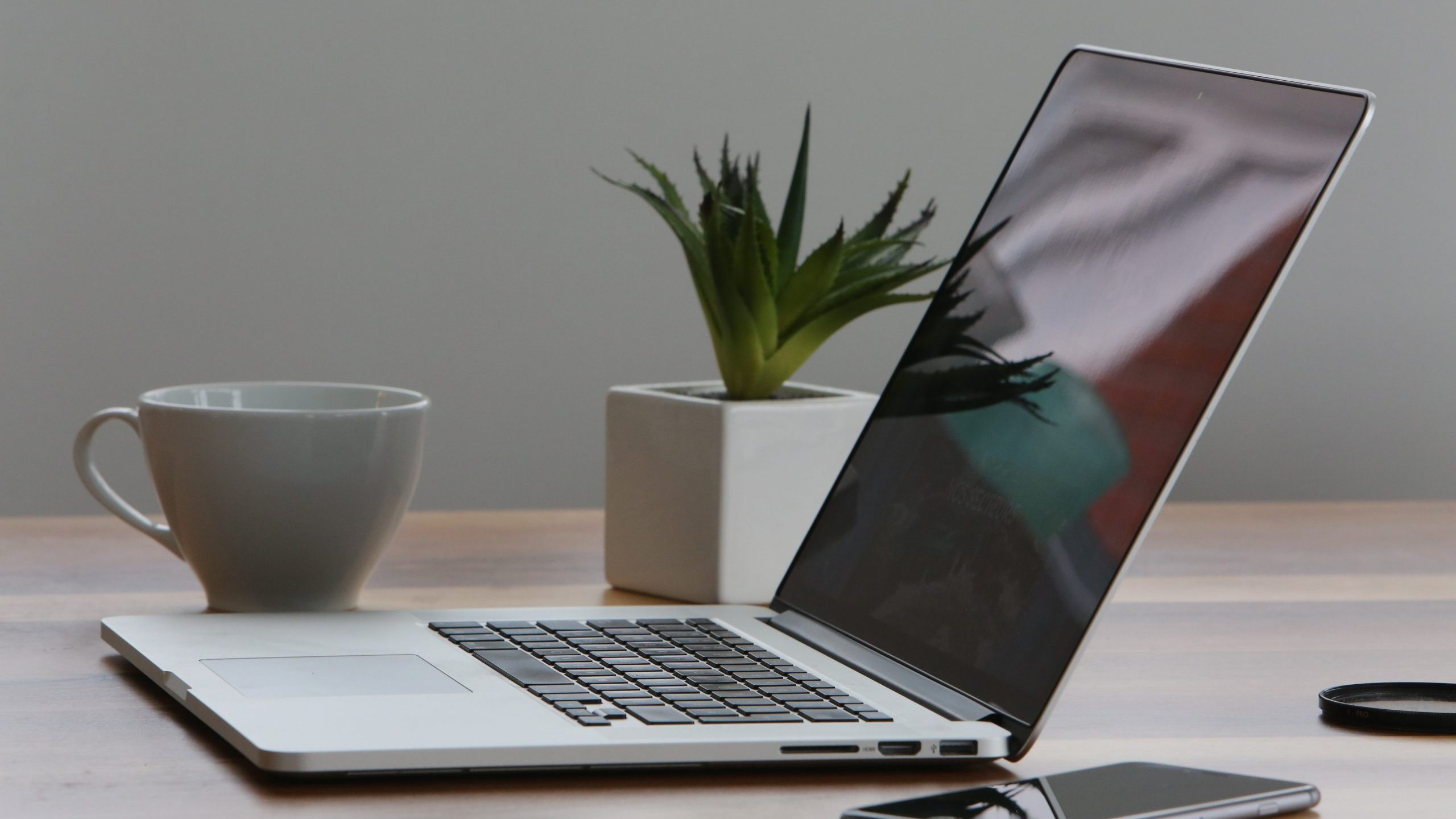
Whether it’s due to the recent string of controversies hounding Spotify, a desire to support artists more, or you’re just yearning for a different way to enjoy music, there are many reasons to move away from streaming platforms and towards a local digital music library. However, it’s important to be mindful of the challenges and difficulties involved in building your own collection. Here we’ll teach you some important information about digital audio, how to store your files, and how best to enjoy your collection once you have it.
Editor’s note: this article was updated on June 26, 2023 to update formatting and style.
Disclosure: the author of this feature has a band whose music is available to stream and purchase on some of the websites mentioned in this article.
What are the benefits of a local digital music library?
Maintaining your own local digital music library is a clear way to reject the disposable music mill that streaming services have created, one that undervalues the artist’s vision for their music. Building your own collection also lets you appreciate albums you otherwise would have listened to once, and never again. Since your local library is more limited than a streaming service, you’re more likely to listen to albums all the way through and in the order the artist intended.

Curating your own library also encourages you to focus more on artists that you might have overlooked, and allows you to put more consideration into how you catalog and store each release. Finally, it’s often a better way to support artists compared to streaming platforms, which often give artists only fractions of a cent per stream.
What are the different digital music audio formats?
To start building your digital music library, it’s important to have a basic understanding of how audio is stored digitally. The most important distinction to keep in mind is the difference between lossless and lossy file formats.
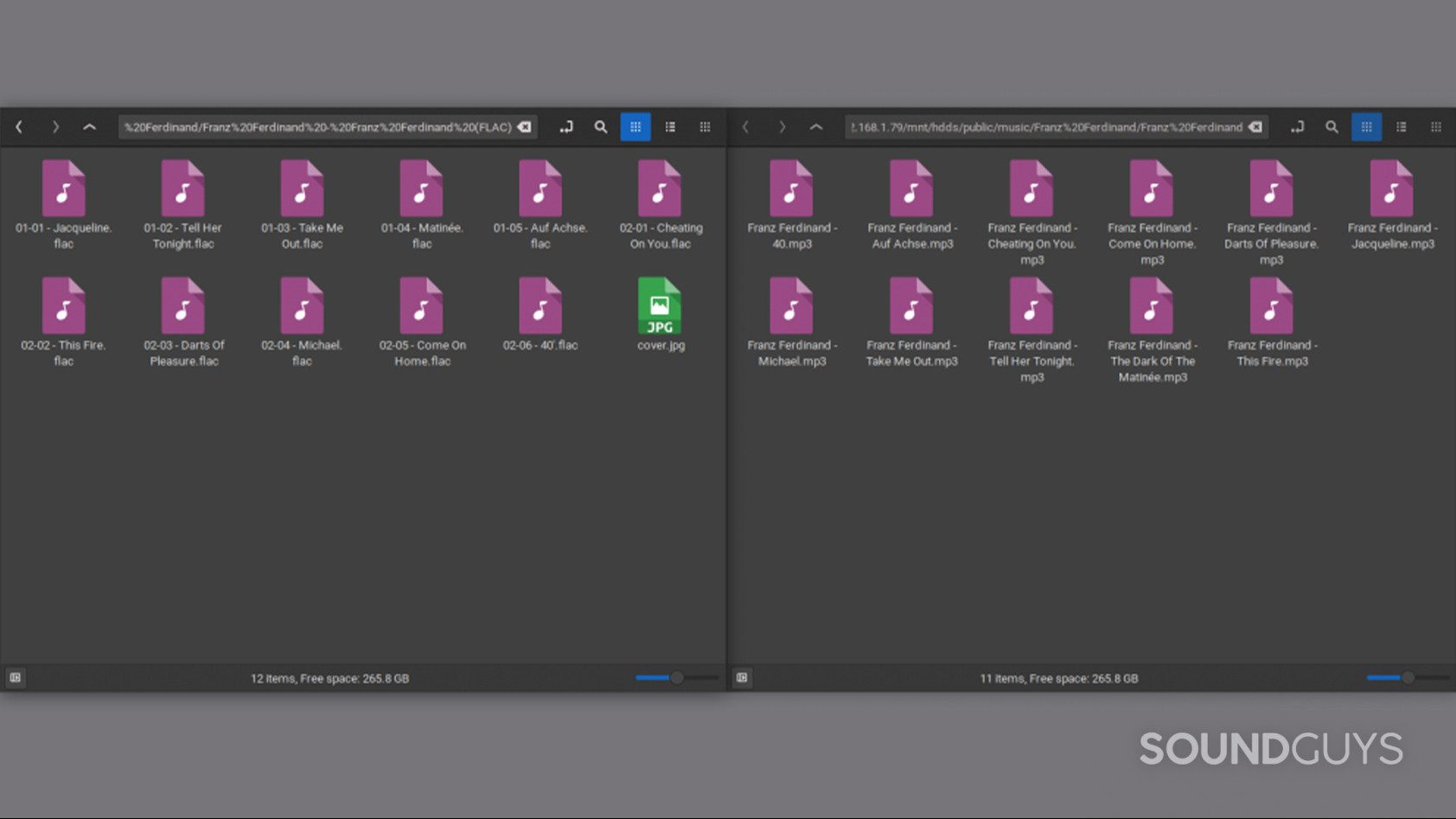
Lossless file formats like WAV and FLAC preserve the original audio without lossy compression, usually to the standard of CD-quality audio (16-bit, 44,100Hz sample rate). However, these formats retain data at the expense of storage space. A full album using these files will usually clock in around half a gigabyte, although FLAC uses lossless compression to reduce file size without sacrificing audio quality.
Learn more: What’s the difference between audio and file compression?
Lossy music formats include the old standard, the MP3, as well as newer options such as AAC/m4a and OGG. These options reduce the size of the audio files significantly (usually achieving a 10:1 compression ratio, the standard that allowed the MP3 format to first dominate online audio in the early 2000s). Additionally, you’ll be matching the quality of most streaming services, which commonly use AAC at 256 kbit/s or equivalent.
Unless you make the files for your library, you’ll likely end up with a collection consisting of multiple formats, but it’s important to understand which formats you prefer and which provide the highest audio quality. There are several topics you might want to learn more about if you want to further your understanding of digital audio, including bit-depth, sample rate, the Nyquist–Shannon sampling theorem, PCM vs DSD audio encoding, and the loudness war.
Where can you buy digital music?
Since music consumption has shifted primarily to streaming nowadays, it’s harder to find online music stores that sell actual music files. Google Play Music shut down in 2020, and the iTunes Music Store is difficult to access since Apple now pushes most of its users toward Apple Music instead. However, there are still some quality music stores to choose from.
Bandcamp

By far one of the best options for acquiring digital music is Bandcamp. It usually lets you download your purchases in multiple formats including FLAC. Bandcamp is very supportive of artists, primarily independent musicians who want to release music at a low cost. The only caveat to using Bandcamp is that Epic Games acquired it in March 2022, which has caused some uneasiness and concern in the community.
7digital, Amazon Music, and others
Along the lines of more traditional online music stores, you’ll find places like 7digital, Amazon Music, and Qobuz. These websites and others like them carry on the same general styling of places like iTunes, allowing you to purchase albums from a wide variety of mainstream artists, or singles at a reduced rate. 7digital and Qobuz also allow you to specifically buy the FLAC version of the music if you want to ensure lossless quality.
How do you digitize CDs?
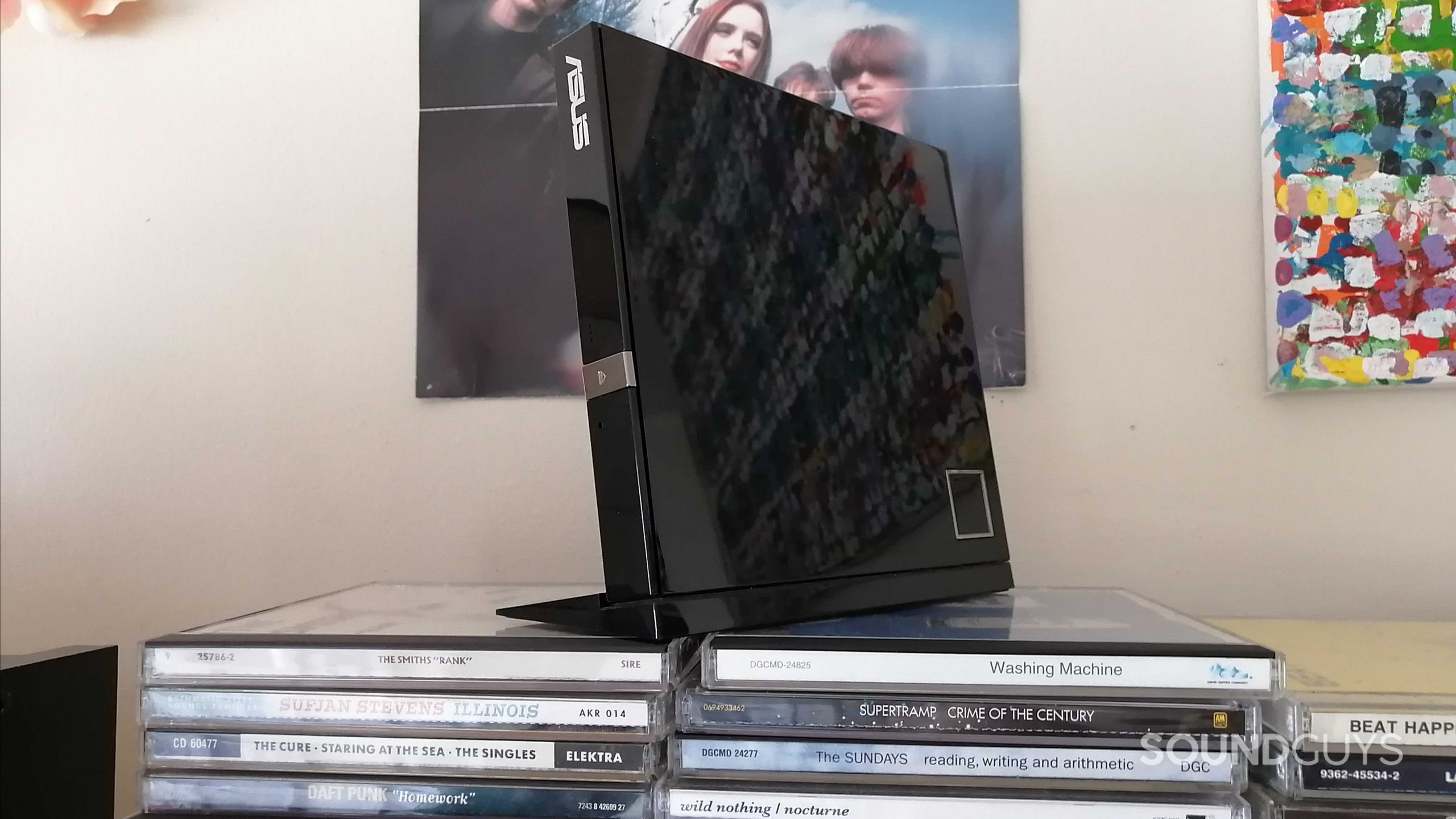
Another option for acquiring a digital collection of music files is to digitize CDs, which puts you in control of the storage format and quality. On top of that, you physically own the music you’re listening to. You do, however, still need to find an application to rip your CDs. Exact Audio Copy is a popular option since it provides automatic correction for CD ripping errors, though no CD drive is 100% accurate in ripping a CD. From there it’s up to you what format you want to save your audio in, lossy or lossless. You may also want to check out MusicBrainz Picard for organizing and tagging your collection with the correct metadata.
Note: it’s legal to digitize CDs only for personal use, and you should check on the laws in your local area regarding this.
What’s the best way to store files for a digital music library?
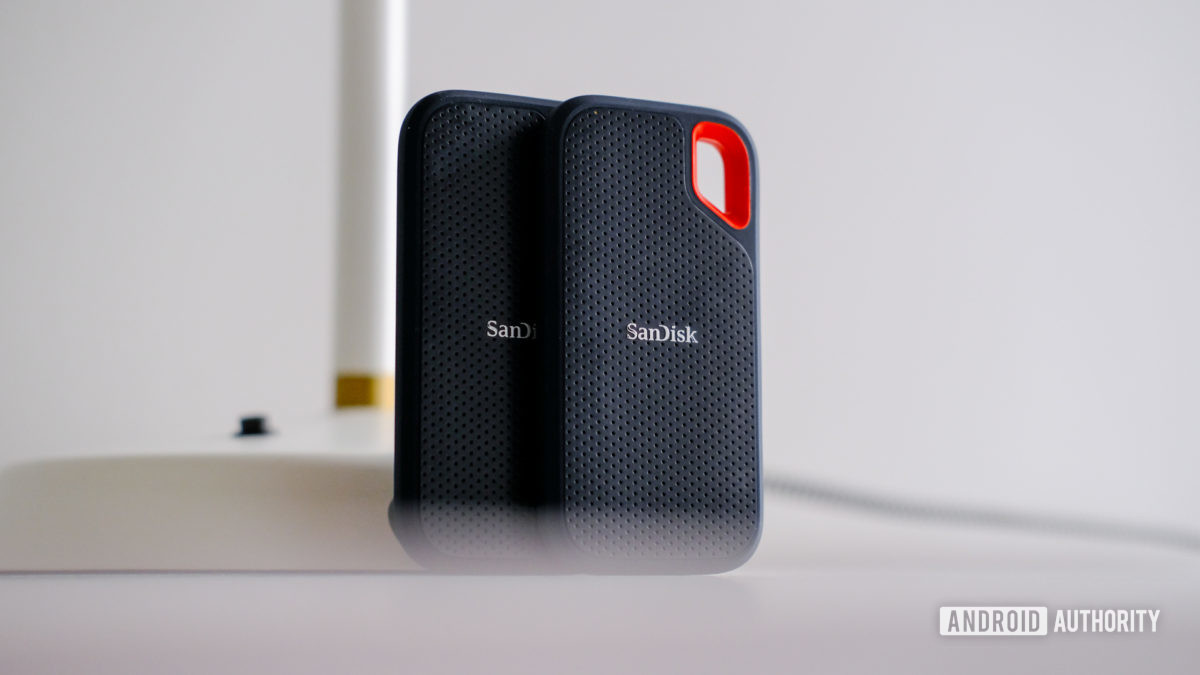
Once you have your collection of digital music files you’ll have to decide where you want to store them. The most obvious answer is to store your files on your computer’s local hard drive or solid-state drive (SSD). This is advantageous as it leaves your files easily accessible to you for any reason. Another common option is to store your music on an external drive. This is useful as it makes your collection more portable, easy to carry around, and easy to back up. The final option we would recommend is to store the files on a home server or network-attached storage device (NAS).
Consider the file hierarchy you use to organize your files. Most people recommend storing them [Artist]/[Album Title]/[Song]. We also recommend including additional information, such as always pairing the artist name along with the album title, including the year of release, and properly numbering each track in the album.
(Click the image to expand.)
How do you build a private music streaming service?
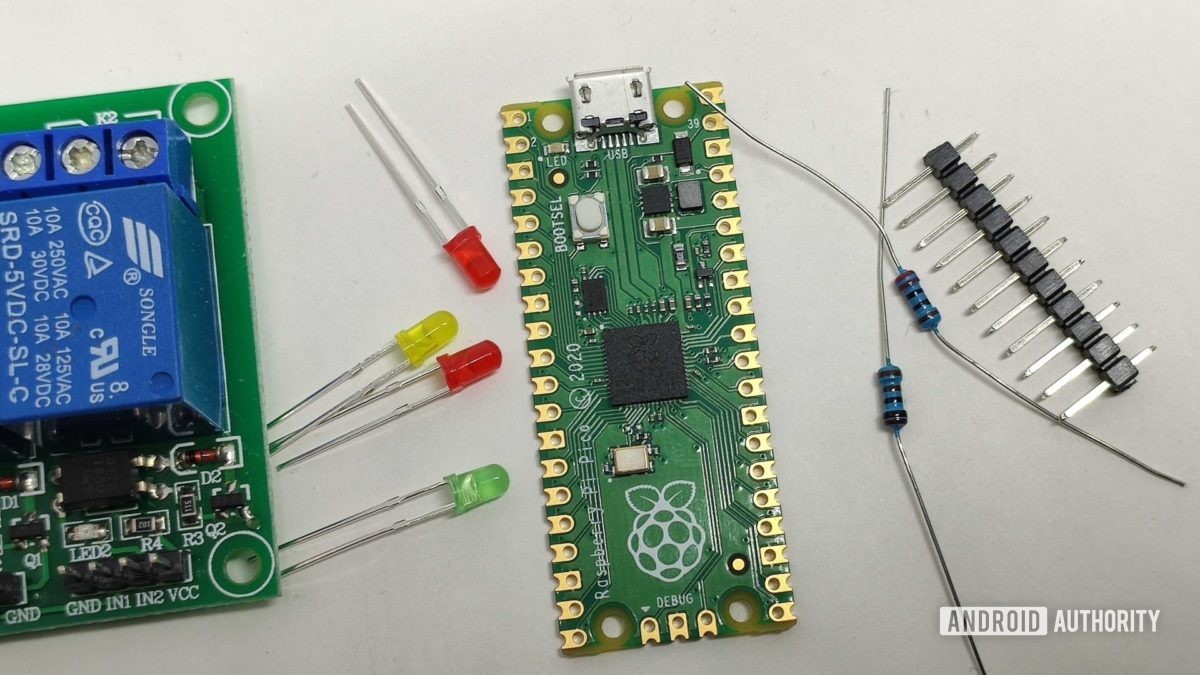
A networked attached storage (NAS) device is any computer you hook up to your network for the purpose of storing and sharing files. It’s most common to attach large hard drives to them for the purpose of storing a large amount of data. Since serving files is a fairly simple process, almost any computer can do it, including a low-power inexpensive device like a Raspberry Pi.
If you store your music collection on a NAS device, your music library will become internet accessible and available no matter where you are. Running Linux on your NAS can be useful thanks to built-in support for file transfer systems like secure file transfer protocol (SFTP), but you can also get by with Windows and Samba (the default Windows file-sharing system) for your data transfers. We would also recommend wiring your NAS up to your router using ethernet instead of Wi-Fi to ensure a fast and consistent connection. Using a NAS you can run software like Plex, Jellyfin, or Navidrome in order to serve your music collection over the internet. In effect, you are creating your own private version of streaming services like Spotify.

Plex is the most mature version of these software solutions but unfortunately, it requires a subscription in order to stream the music to your phone. We like Plex for its ability to find album art and metadata for songs without them, and for its organizational options to find songs in large libraries. Jellyfin and Navidrome are similar but have the advantage of both being open source. Navidrome, in particular, is focused solely on music streaming and has several additional features to improve the listening experience. It’s even specifically designed to work well on low-power systems like the Raspberry Pi.
What’s the best way to listen to your local digital music collection on your phone?
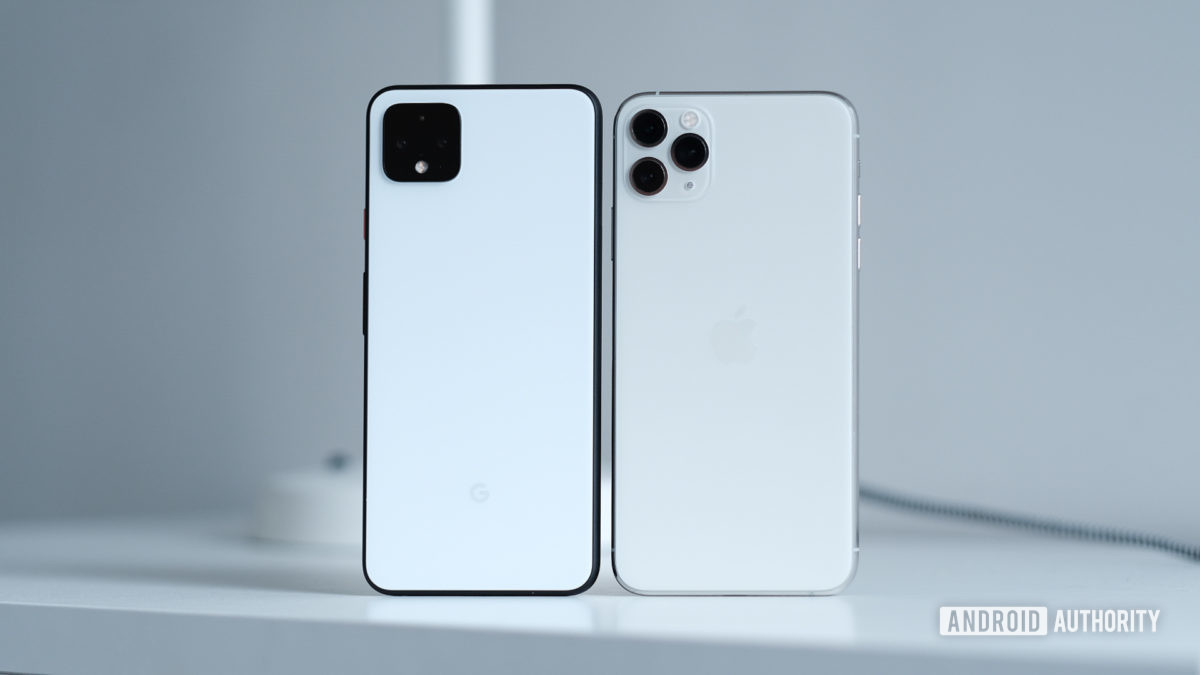
Aside from using the streaming options mentioned above, you’ll likely want to store and listen to your music collection using your phone. If you’ve set up a NAS, you should be able to sync your two collections over the internet, but otherwise, you should be able to manage them with your phone’s file transfer system.
microSD cards are an excellent way to expand your device’s storage for your collection, though few phones support the microSD card slot now. We also advise you to seek out a different music-playing app than the one that comes preinstalled. Poweramp is a solid choice for Android phones, with gapless playback and additional options for audio quality, decoding methods, EQ, and other audio effects.
What are some other good music library applications?
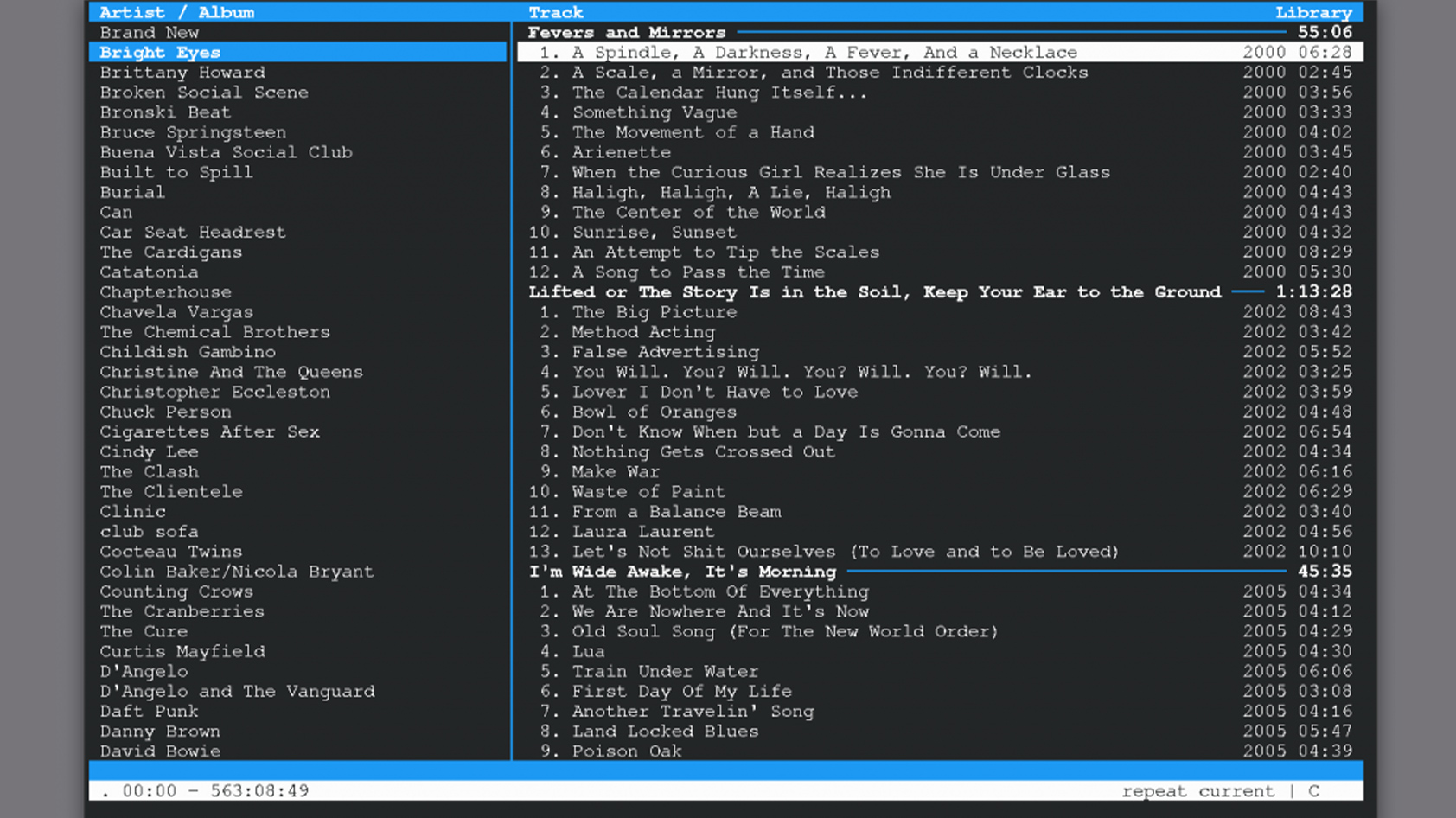
In addition to MusicBrainz Picard, mentioned above for automatically correcting song metadata, there are several useful applications you may want to consider using. If you’re looking to listen to your collection on a PC, MusicBee is one of the most common recommendations for holding your library in one application (Rhythmbox is a good alternative for those on Linux). There are also alternative tagging applications if MusicBrainz Picard isn’t adequate, such as Mp3tag. If you’re using macOS or Linux, cmus is a more esoteric way to listen to your music, being operated entirely inside a text-based terminal environment.
Is the iPod coming back?
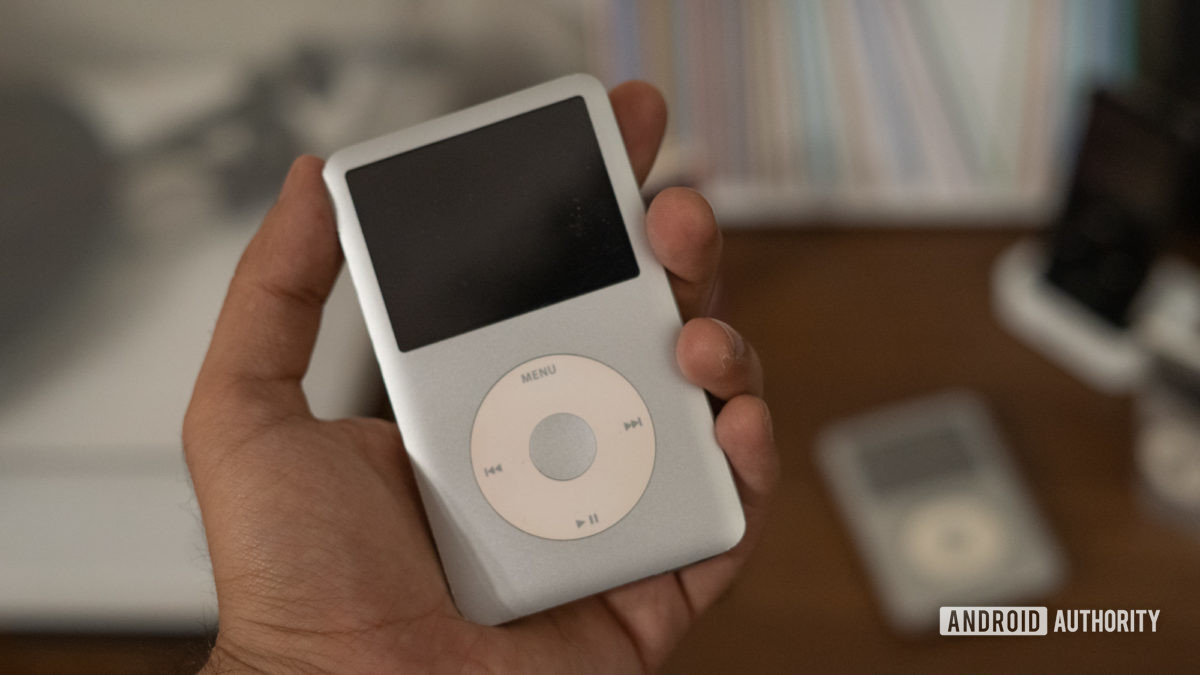
Despite passing out of technological relevance over a decade ago, the iPod line of MP3 players is experiencing an enthusiast renaissance of late. Thanks to fan communities and other hobbyists, hardware mods for iPods have become more popular, and tinkerers have managed to add in additional software features, Bluetooth support, and even a mod that enables access to streaming services.
Because of this recent resurgence, finding usable iPods has become slightly more expensive. However, one cannot deny the wonderful feeling of using a device solely dedicated to music enjoyment. If you’re looking for a slightly newer device solely for playing music, Fiio also has a few excellent options.
Is creating a local digital music library worth it?
Although it may seem like a lot of work, building and curating your own music collection can be very rewarding. It’s a great way to support the artists, it gives you the ability to appreciate your music in new ways, and the different ways of playing your library (building a NAS, refurbishing an iPod) are great ways to appreciate the technology that surrounds music. You may find yourself enjoying something about the music listening experience that has been lost in translation over the past two decades, and finding a newfound love for the music that fills your life.
Next: How to find new music
Frequently asked questions about setting up a local digital music library
Of course you can! We even have a handful of how-to articles that give you a step-by-step rundown of how to transfer your playlists from one service to another.
- How to transfer Amazon Music to Apple Music
- How to transfer Spotify playlists to Apple Music
- How to transfer TIDAL playlists to Apple Music
- How to transfer Apple Music to Spotify